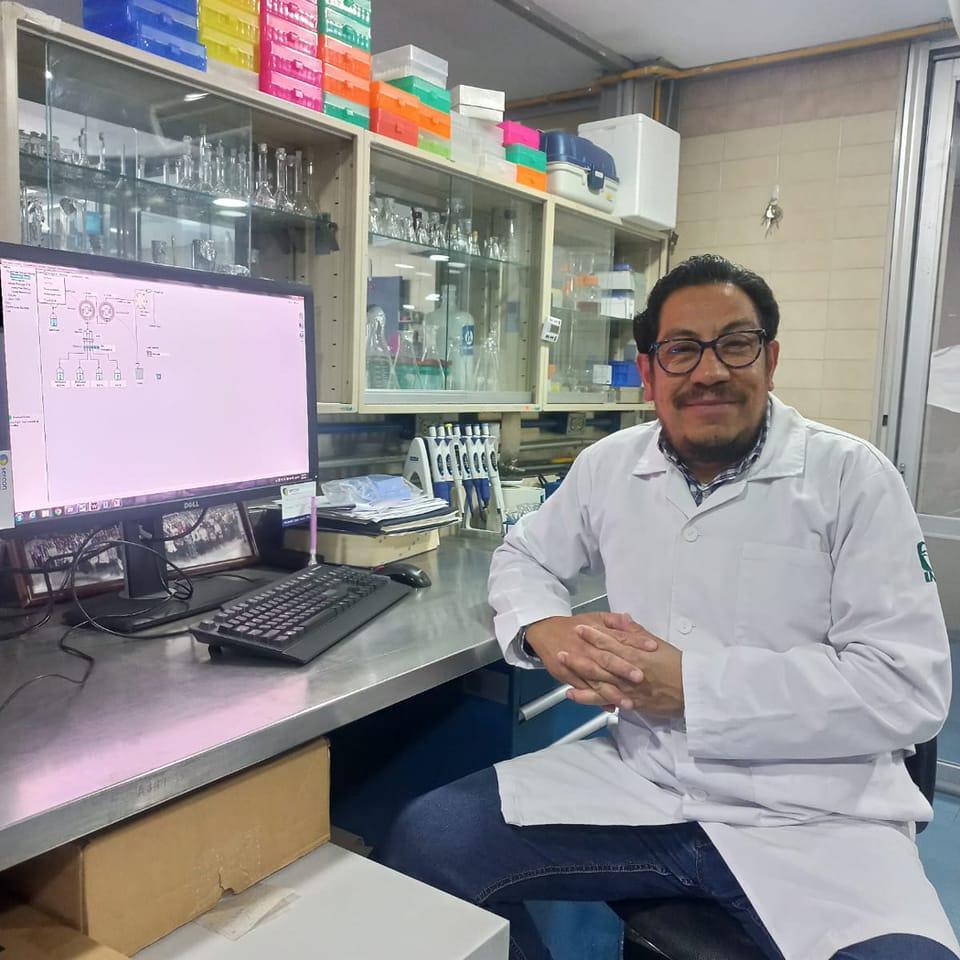
Metabolic syndrome (MS) is an important risk factor in pediatric population for the early onset of type 2 diabetes mellitus and cardiovascular disease. New non-invasive tools are required to identify MS in at risk populations; the aim of this study was to determine an optimal cut-off point for the 13C-glucose breath test (13C-GBT) for the diagnosis of MS in adolescents. A total of 136 adolescents between 10 and 16 years old were recruited. MS was defined as: waist circumference >90th percentile and at least two of the following; high density lipoprotein-cholesterol (HDL-C) 110 mg/dL, diastolic and/or systolic blood pressure >90th percentile adjusted by age, gender and height, and/or fasting glucose >100 mg/dL. After the ingestion of a glucose load of 1.75 g/kg of body weight (up to 75 g) and an oral dose of 1.5 mg of universally labeled 13C-glucose/kg dissolved in water, breath samples were taken at baseline, 30, 60, 90, 120, 150 and 180 min. Exhaled 13CO2 in breath samples was measured by isotope ratio mass spectrometry. 13C-GBT data, expressed as adjusted cumulative percentage of oxidized dose (A% OD) at 180 min, was significantly higher in the healthy subjects group (17.72%±4.9%) in comparison with subjects with ≥3, 2 or 1 components of the MS (9.95%±4.73%, 14.3%±4.47% and 14.62%±4.62%, respectively). The optimal cut-off point for the A% OD was 16.09, with a sensitivity of 81.5% and a specificity of 66.7%. Our results demonstrate that the 13C-glucose breath test could be a valid screening method to identify MS in adolescents.








